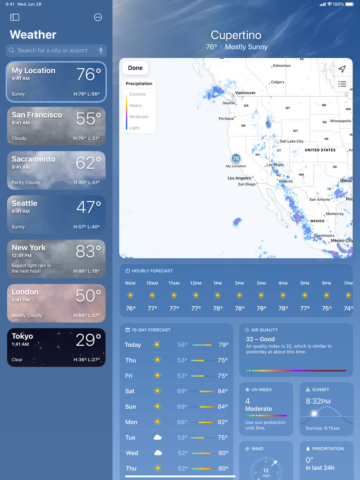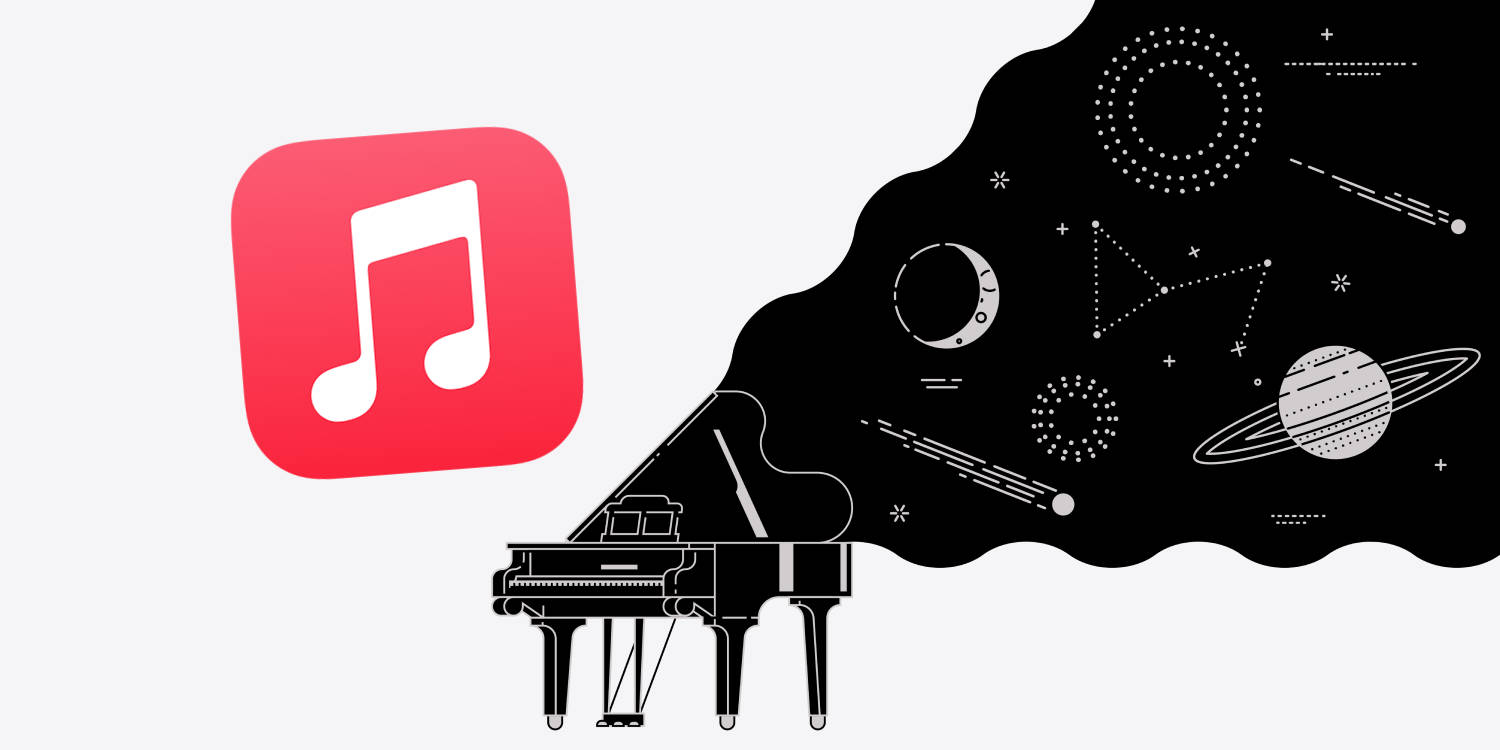If Apple won’t up its iPad game, why should anyone else?
There will always be apps that make sense on certain devices. There’s no point using a Mac to play an iPhone game that’s solely reliant on an accelerometer. Similarly, although there have been ambitious and successful attempts to rework pro-grade creativity tools for smartphones, such products tend to shine brightest on devices with a bigger screen.
However, when it comes to a default stance – and certainly for more generalist apps – the dream is every app, everywhere. This appears to be where Apple sees the future too, judging by its move toward smart glasses, which in years to come will be unencumbered by the limits of physical space, and the availability of – or proximity to – specific devices.
What’s puzzling is how Apple’s present doesn’t always align with such thinking. This disconnect was again apparent with Apple Music Classical, which arrived in March 2023, but only for iPhone. Despite many classical music advocates owning iPads and Macs, their only access to this dedicated app was on a phone. Perversely, support two months later first expanded to Android, despite Apple’s other hardware still missing out.
The app was eventually quietly released for iPad in mid-November 2023, eight months after it debuted on phones. It’s still not on Mac. That feels strange – worrying, even. Apple owns the platforms – hardware and software. Yet even when an app makes sense on all its devices, Apple seemingly isn’t capable of releasing it for all of them, in a timely manner.
Aspiring only to greatness
It’s not the first time we’ve seen this – and not even the longest time span between an app’s debut and its subsequent arrival on other devices. Weather and Calculator – everyday essentials – existed on the very first iPhone, in 2007. The first iPad was released in 2010. Yet it took another 13 years for Apple Weather to appear on Apple’s tablet. As of late 2023, Calculator remains conspicuously absent.
In 2021, YouTuber Marques Brownlee quizzed Craig Federighi, Apple senior vice president of software engineering, about the absence of these apps from iPad. He remarked Apple had not made them because “were we to do it, we would want to create something really distinctly great in that space”. He added it’s “easy to create a calculator app”, but Apple would want to make the “greatest iPad calculator app”. With Weather, he said it would be “easy enough to scale up our existing weather app” but would strive for something greater – and reminded everyone there are “thousands of options on the App Store”.
On that last point, he was right. With Calculator and Weather, there was never any need to rely on Apple. There’s no shortage of great alternatives. If you still need a calculator for iPad, try PCalc or its ‘lite’ incarnation for something traditional, and Soulver 3 for a groundbreaking mix of notepad and calculation tool. Yet these products don’t negate Apple offering its own, not least since their absence can confuse new users.
Putting up with ‘good enough’

Moreover, when it came down to it, Apple in 2023 essentially did just ‘scale up’ the iPhone’s Weather app for iPad, giving it a two-column view and adding a location selection sidebar. Perhaps the real (and simpler) explanation regarding Apple’s app rollouts was still found in the aforementioned video, though. On Calculator for iPad, Federighi said: “We honestly just haven’t gotten around to doing it.”
On that basis, this phenomenon is more likely down to resources. And if we return to Apple Classical, the broader timeline suggests a product that wasn’t a priority. It all started when Apple in 2021 bought and closed unique classical streaming service Primephonic, and said it planned to launch its own “dedicated classical music app next year”. 2022 came and went. Its app finally arrived in 2023.
By then, perhaps Apple just needed to get something out. After all, while Federighi was right about Calculator, Primephonic was one of a kind. Yet Apple’s purchase instantly transformed it from an app and service available anywhere (even in web browsers) to one that disappeared entirely. Maybe the iPhone/Android app was the quickest and only viable option.
Yet this approach must make developers question putting in the effort themselves regarding fuller device support. In an age of multiple iPhones, iPads and Macs, most apps should arguably be designed with all of them in mind from the start. Yet today, I see very few iPhone and iPad apps making it to Mac, and a surprising number of apps never going beyond iPhone – despite being products that would make sense everywhere.
But if Apple itself won’t lead by example, how does it expect others to do the right thing?

